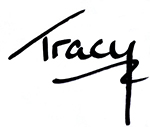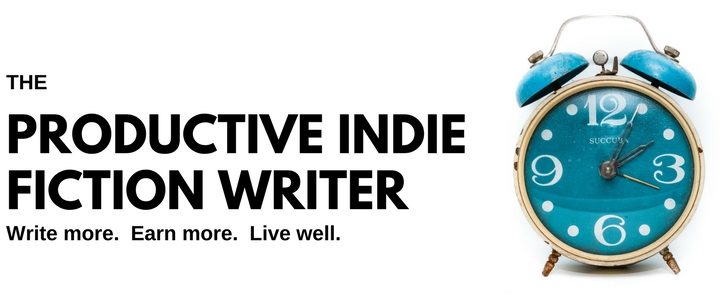Okay, Already, I’ll Try Obsidian!
Because I CAN Listen.

A while ago, I wrote about my disappointing live trial of Notion, and how I happily returned to OneNote.
Buried in the text as a throwaway line was the fact that I did try to use Obsidian, but found it counter-intuitive and too difficult to quickly get up and running.
A number of readers here and on Medium and other venues where the post appeared contacted me to tell me I hadn’t given Obsidian a decent trial.
I was pointed to videos and other resources, many of them specifically about building a second brain/personal knowledge management system in Obsidian.
Peter Cathcart Wason’s Falsification
At the time I was exploring some of these resources (thank you – you know who you are!), I also came across an article on Farnam Street about the opposite of Confirmation Bias – Falsification, or actively looking for something to prove your theory wrong.
If you can’t find a false note, you’re probably right. On the other hand, Confirmation Bias means you stop looking for confirmation (or dispute) the moment you find something that agrees with your theory.
And I realized I was guilty of Confirmation Bias in the matter of trialing Obsidian. I’d stopped the moment it didn’t work the way I wanted it to.
I should have been looking for all the ways it would work. Even better, I should have been looking for all the ways it would work better than OneNote.
So I Installed Obsidian
It wasn’t as straight-forward as I would have liked.
But after all my research and tutorial watching, it went a lot faster than I thought it would.
I have a minimal install. Only two community plugins that I’m not sure yet I’ll actually use, but were recommended in tutorials.
I’m using the free version and synchronizing across my devices using cloud storage for my vault location.
So far….
I’ve been slowly adding notes to Obsidian, taking my time with tagging and backlinking.
I was warned that there’s no right way to build a Slip Box/second brain, there’s only the way that works for you. Therefore, with these first few notes, I’m making a lot of decisions and policies that might ensure the failure or success of the slip box.
I spent a solid three hours adding the notes. What surprised me the most in that time was that with only a dozen or so permanent notes (spark notes/call them what you want), and some cautious linking and tagging, I suddenly found unexpected connections in disparate topics. More than one of them, in fact.
This is the much vaunted power of Obsidian, and I have to say that clearly, it works.
I’m looking forward to seeing what my slip box produces when it had more than a mere dozen or so notes in it.
How to Produce My Own Content from The Slip Box Is Still a Mystery To Me
This is the last step in the process and I’ve yet to nut out how it actually works.
The tutorials were frustratingly vague about how all the connected notes and graphs and arrays of links and tags builds fresh content for you. As an INTJ, I want specific steps. A process.
Globules of stars on a graph are pretty, and impressive, but other than telling me I’m somewhat obsessed about prolificacy, they haven’t (yet) turned into content that “almost writes itself”, as one tutorial promised.
I’m hoping that, as the unexpected associations happened so fast and without any guidance from me, that as I continue to work with the slip box, the way to building fresh content will also happen serendipitously, and give me another delightful “Aha!” moment.
But I’m Not Giving Up OneNote Entirely
The other realization that struck me, after working with Obsidian for only a few hours, was that I use OneNote for a great many other purposes than Second Brain thinking.
Those functions and uses won’t work in Obsidian and would likely warp the Slip Box into uselessness.
I’ll keep that content, with its different purposes, in OneNote, which handles those functions just fine. OneNote will also serve as my Slip Box inbox, as it has a far superior web clipper and collection features (including receiving email from me). I will cut and paste to Obsidian as I process notes, which will get rid of bloated formatting and images.
Obsidian will be as purely-text and clutter free as I can make it.
This double-teaming also lets me avoid expensive plug-ins and feed services like Readwise and Synchronized Obsidian.
____________
On this occasion, I will live with having a second app, instead of trying to find a complete replacement for the first one.
And on with the fair, live trial of Obsidian…

Write More, Faster Than Ever Before | Are You Prolific?
Editing Your Next Novel? Mark Posey offers fast, writer-friendly edits with zero drama. Check out services »

Write More, Faster Than Ever Before | Are You Prolific?
Editing Your Next Novel? Mark Posey offers fast, writer-friendly edits with zero drama. Check out services »
